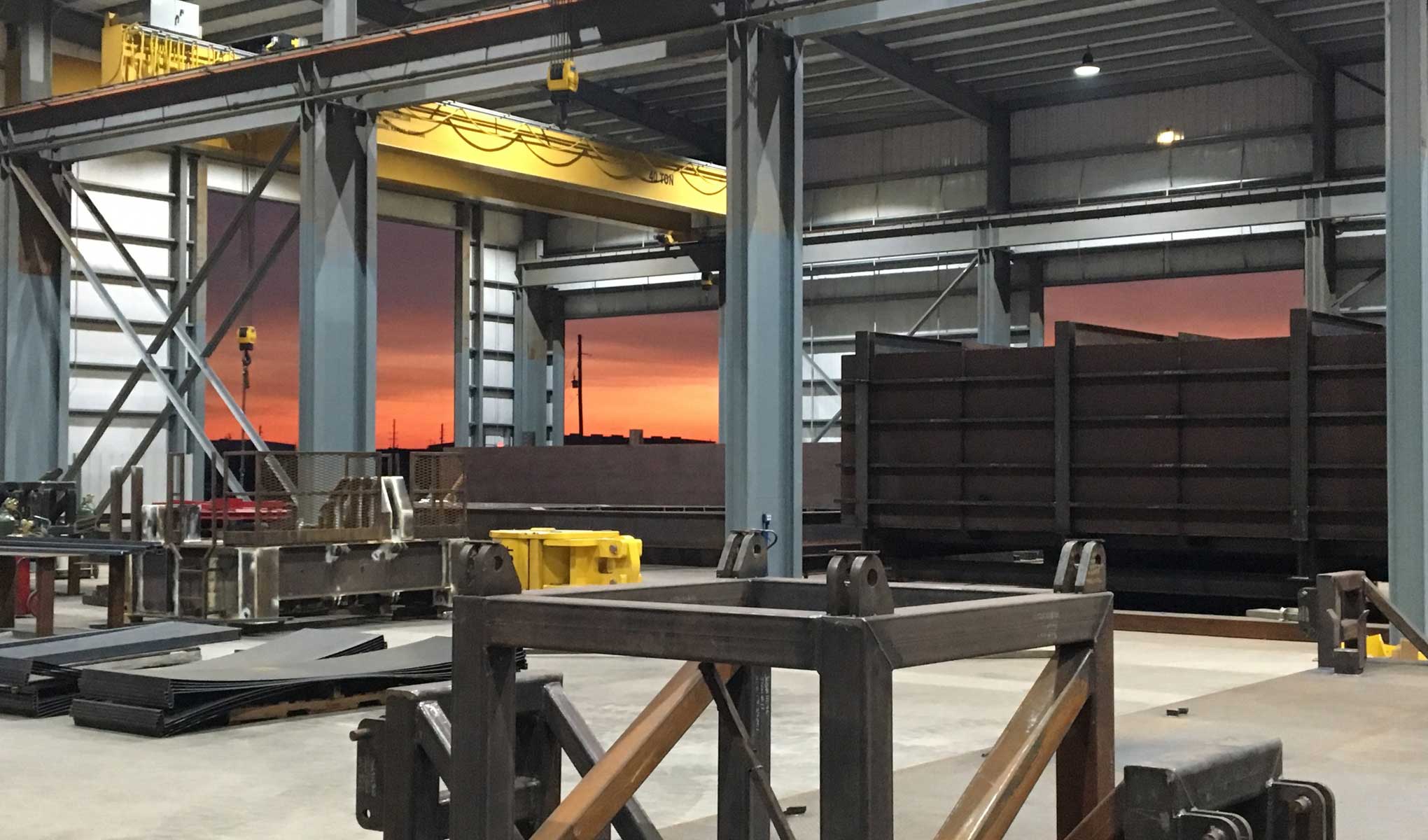Understanding the Importance of Structural Steel Welding
In modern construction, safety and durability are non-negotiable. One of the most critical elements that ensure a building stands the test of time is Structural steel welding. This process involves joining steel components through heat and pressure to create strong, permanent bonds that can withstand immense loads and stress. Without proper welding techniques, even the most robust designs can fail, leading to catastrophic consequences. Engineers and construction professionals rely on high-quality structural steel welding to provide the backbone of safe and resilient structures.
The Role of Structural Steel Welding in Building Integrity
Structural steel welding is not just a technical procedure; it directly impacts the overall integrity of a construction project. When executed correctly, welded joints distribute stress evenly, prevent material fatigue, and enhance the load-bearing capacity of steel frameworks. This ensures that buildings, bridges, and industrial facilities can endure environmental pressures such as high winds, earthquakes, and heavy occupancy without compromising safety. Construction projects that prioritize structural steel welding demonstrate a commitment to longevity and structural reliability.
Techniques That Define Superior Structural Steel Welding
Various welding techniques are employed depending on the type of project and the required strength. Methods such as MIG (Metal Inert Gas) welding, TIG (Tungsten Inert Gas) welding, and stick welding are commonly used in structural applications. Each technique offers distinct advantages in terms of precision, efficiency, and durability. Professionals in the field select the appropriate method to guarantee that every joint meets rigorous safety standards. Proper execution of these techniques ensures that structural steel welding delivers optimal performance throughout the lifespan of the building.
Quality Assurance in Structural Steel Welding
Ensuring the quality of structural steel welding involves stringent inspection and testing protocols. Non-destructive testing methods, such as ultrasonic testing, radiography, and magnetic particle inspection, are essential to detect hidden defects in welded joints. Regular quality checks prevent failures that could compromise construction safety. Adherence to industry standards and best practices is crucial, as even minor imperfections in welding can lead to serious structural weaknesses. Reliable quality assurance measures reinforce the critical role of structural steel welding in safe construction.
The Impact of Skilled Professionals on Welding Outcomes
The expertise of welders is a decisive factor in construction safety. Skilled professionals bring precision, consistency, and knowledge of material properties to each project. Training and certification programs ensure that welders can execute complex joints and maintain high standards. The presence of experienced personnel reinforces the importance of structural steel welding, as their work directly contributes to the structural soundness and durability of buildings. Investing in expert welders translates to safer construction outcomes and minimized risk of structural failures.
Advancements in Structural Steel Welding Technology
Technological innovations continue to enhance the effectiveness of structural steel welding. Automated welding systems, robotics, and computer-controlled techniques improve accuracy and reduce human error. These advancements allow for faster project completion while maintaining the highest safety standards. By integrating modern technology with traditional welding expertise, the construction industry ensures that structural steel welding remains a cornerstone of safe and efficient building practices.
Conclusion: Prioritizing Safety Through Structural Steel Welding
In conclusion, structural steel welding is indispensable for constructing safe, durable, and reliable buildings. From ensuring joint strength to enhancing overall structural integrity, the process underpins every successful construction project. Employing skilled professionals, adhering to strict quality standards, and leveraging advanced technology collectively highlight the significance of structural steel welding. For any construction endeavor aiming for longevity and safety, prioritizing superior welding practices is not optional but essential. Every beam, column, and framework that undergoes expert structural steel welding contributes to a secure environment for occupants and stakeholders alike, making it a fundamental element of modern construction.



